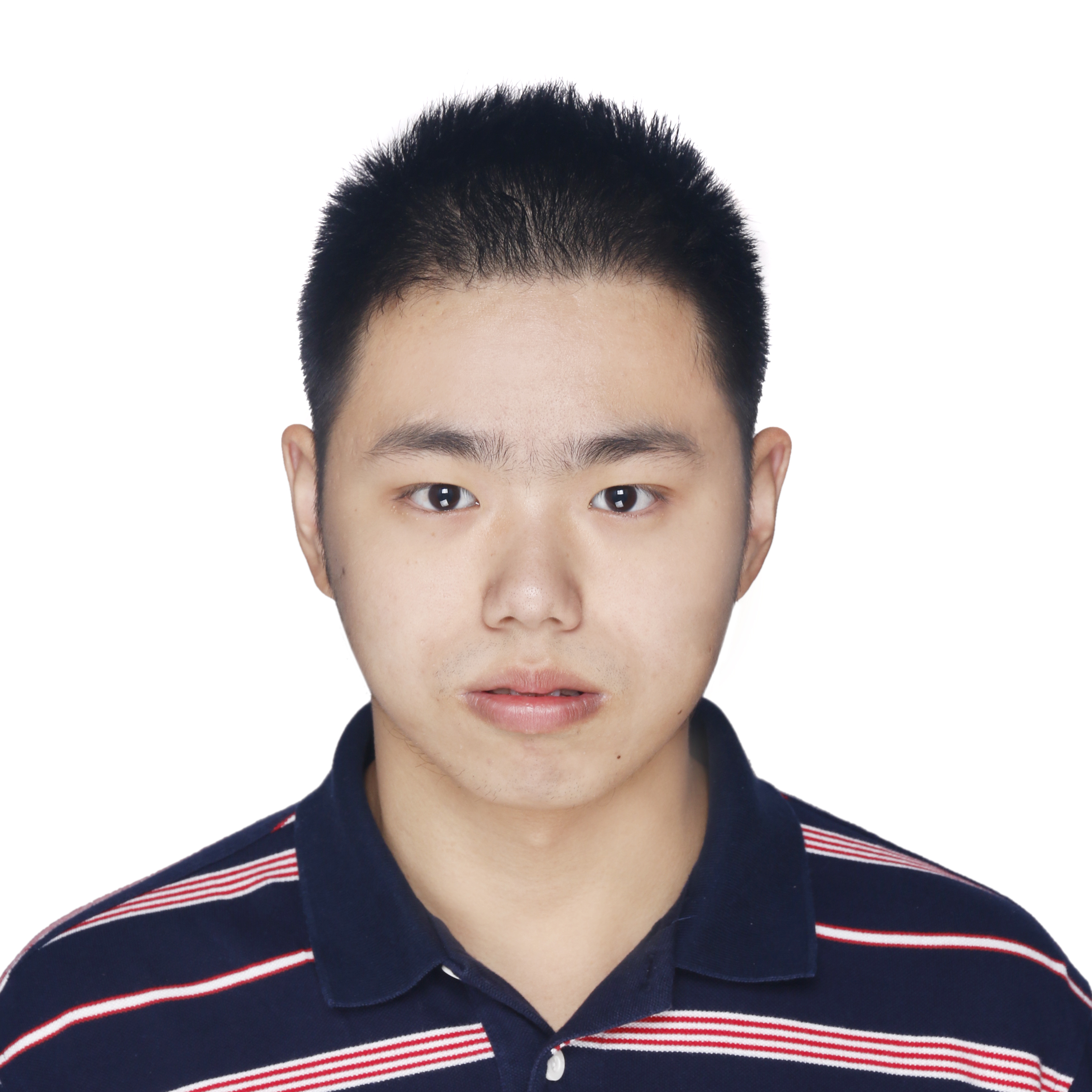Talks and presentations
See a map of all the places I've given a talk!
April 23, 2022
Conference talk, So Cal Fluids XV, UCLA, Los Angeles, California
Many aquatic animals are able to sense and respond to wakes left by other swimming animals or obstacles. Despite numerous studies on this topic, a feedback control strategy that requires only local and instantaneous sensory cues remains elusive. In this paper, we focus on the “flowtaxis” scenario, in which a blind swimmer with only access to local flow properties follows the wake left by an pitching airfoil. We use model-free reinforcement learning to train the swimmer using only local flow information as input. We find that the trained swimmer is able to reach the source of the wake by turning to the region with larger velocity magnitude, and having a sensor at the tail of the swimmer is crucial for flowtaxis. Moreover, the sensory control strategy is generalizable to thrust wakes of different Strouhal numbers, drag wakes, and three dimensional problem. These findings suggest that the traveling-wave characteristic of the wake is essential for successful flowtaxis. We prove the relationship between sensor location and the stability of our controller in locating the source via analysis in a reduced order signal field. We compare the success rate of different sensory cues, and find out that sensing velocity is the best in flowtaxis task. This work emphasizes the importance of both sensory cue and location of the sensor and has implication on other source seeking control problems with traveling-wave characteristic.
November 22, 2021
Conference talk, APS Division of Fluid Dynamics Meeting, Phoenix Convention Center, Phoenix, Arizona
Swimming fish have a universal rule in bending their body during swimming; it occurs at about one-third from the tail of fish with a maximum bending angle of about 30o. However, the hydrodynamic mechanisms that shaped this convergent design and its potential benefit to fish in terms of swimming speed and efficiency are not well understood. It is also unclear to what extent this bending is active or passively follows the interaction of a flexible posterior with the fluid. Here, we analyze the swimming performance of a self-propelled two-link plate with active and passive posterior end in the context of the vortex sheet method. Passive bending is more efficient but slower, but active bending can enhance both speed and efficiency. Importantly, we find that the phase difference between the posterior and anterior of the body is an important kinematic factor that influences performance. Active antiphase flexion, consistent with the passive flexion phase, can simultaneously enhance speed and efficiency in a region within the design space that overlaps with biological observations. Our results shows that fish that actively bend their bodies could exploits passive hydrodynamics can at once improve speed and efficiency.
November 23, 2020
Conference talk, APS Division of Fluid Dynamics Meeting, Virtual, CT
Swimming animals can produce long-lasting wakes in the surrounding fluid, and many exhibit fascinating abilities to sense and respond to these flows. Although the physiological mechanisms underlying such flow sensing abilities remain unclear, mathematical modeling offers an enticing platform for developing and testing sensorimotor control hypotheses. Here, we propose a simple flow sensing scenario in which a mobile sensor of constant speed reorients its heading in response to local flow stimuli, with the goal of flowtaxis or tracing vortical wakes to their source. We consider five types of sensors that measure the lateral difference, relative to the sensor direction of motion, in speed, velocity components, vorticity, and pressure, and we train each of these sensors on classic von Karman streets with decaying vorticity. Our results suggest that local lateral differences in the flow speed are most effective for flowtaxis. We then test the trained policies in wakes obtained from high-fidelity numerical simulations of oscillating airfoils, and quantify the robustness of the policy to wake variations.
November 18, 2018
Conference talk, APS Division of Fluid Dynamics Meeting, Atlanta, Georgia
By flapping wings, insects obtain lift to sustain flight. According to experimental and theoretical investigation, it is found that the wing of insects can be rotated passively owing to the aerodynamic and wing inertial forces. In addition, the wings of insect have various shapes and an inhomogeneous mass distribution, which introduces an additional torque owing to mismatch of rotation axis and the action point of the resultant of gravity force and buoyancy force. In this paper, we experimentally investigated the passive rotation of the flapping wing with an inhomogeneous mass distribution with a Reynolds number around 250 and measured the time varying kinematics by using high-speed camera. Experimental results showed that larger additional torque results in larger stroke angle, which generates larger conventional lift force due to the wing translation. Moreover, increasing additional torque can lead to advanced wing rotation, which is also beneficial to lift generation. Then, we compared the experimental results to the prediction of a quasi-steady numerical model. Our work demonstrates that the passive rotation of flapping wing depends sensitively on the additional torque, which potentially is used as an effective control method for design micro aerial vehicles (MAVs).
